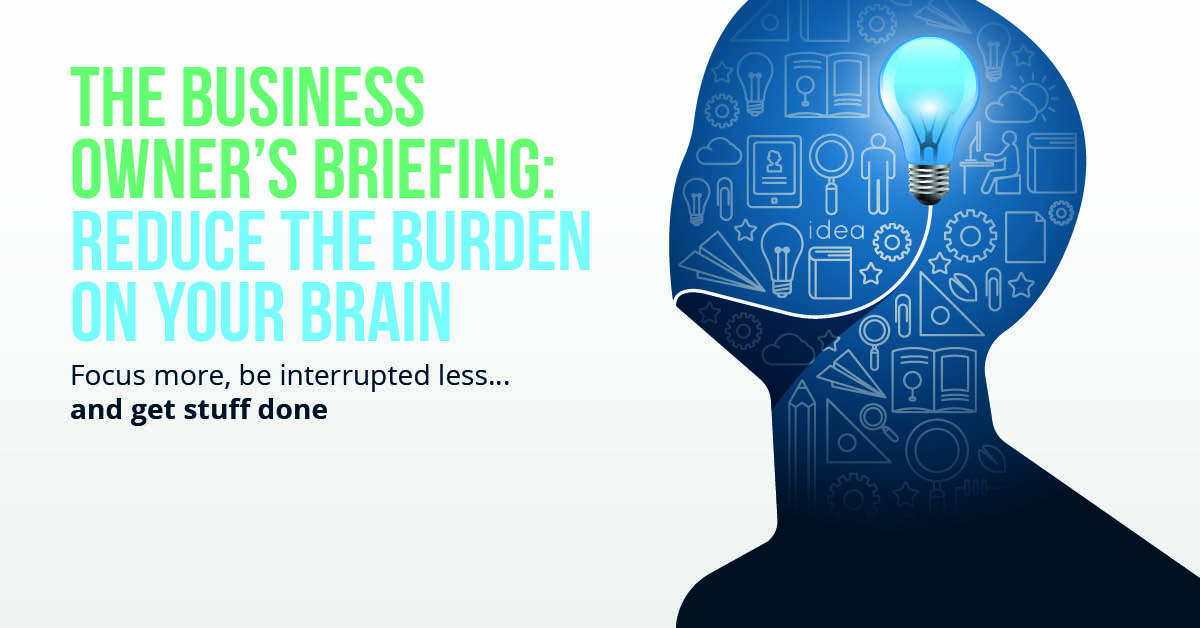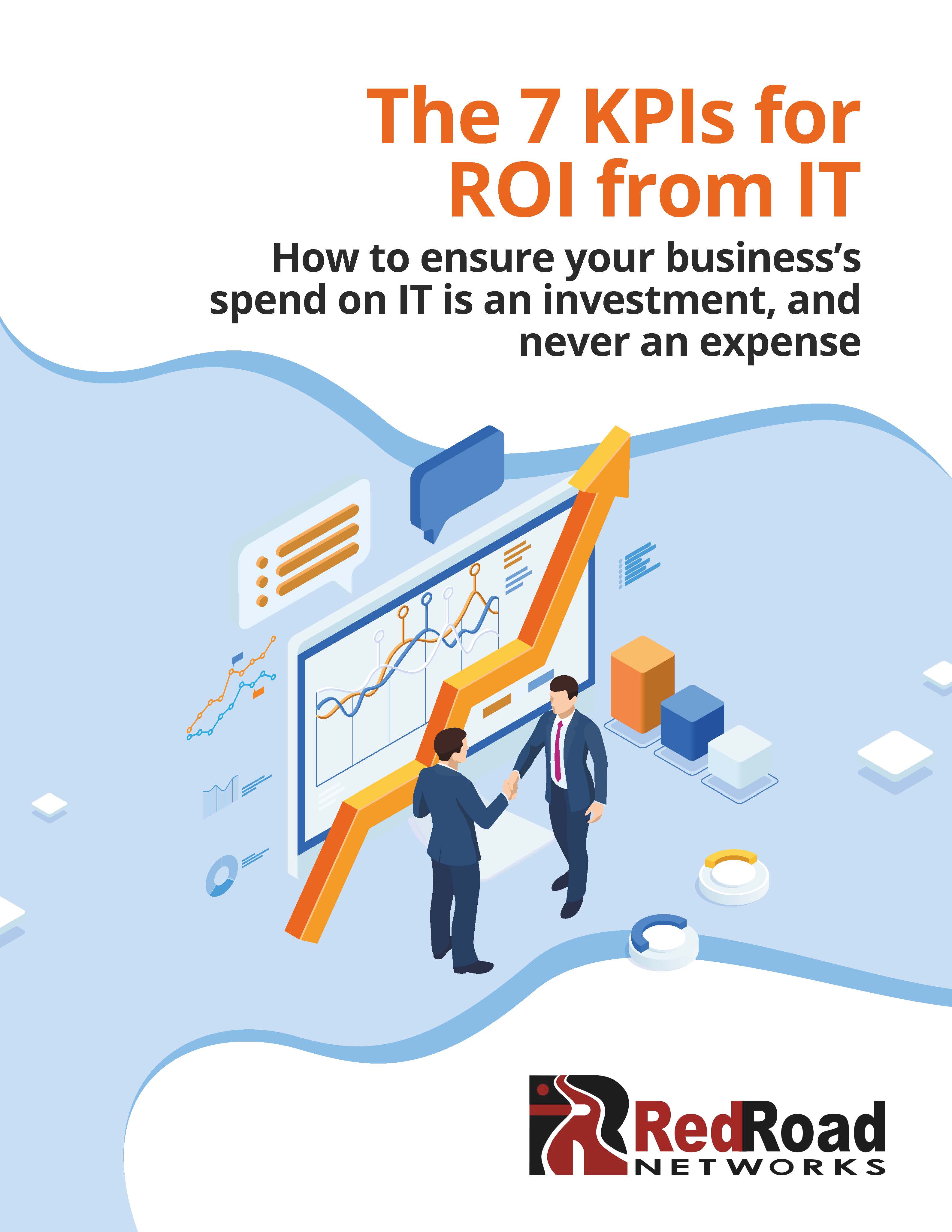In a recent Microsoft survey of over 20,000 workers, it was shown that the impact of technology on productivity depends on a company’s digital culture.
A digital culture refers to an environment where business leaders champion technology as critical in helping the company thrive, and where the use of these tools is encouraged, supported and organically adopted. In other words, a company with a strong digital culture encourages the use and support of technology to get work done in the most effective way possible.
Their research found that employee productivity doesn’t hinge on how long or hard people work. In fact, it comes down to the conditions in which they are able to get work done, using technology as effectively as possible. It all hinges on digital culture.
Those with a “strong digital culture” saw productivity gains from technology while those with what Microsoft termed a “weak digital culture” didn’t.
Microsoft defined companies with a strong digital culture as those where employees had proper training in the new technology, access to information, managers who promoted the adoption of new technology, and where executives conveyed to employees a clear sense of how the technology fit into the company’s strategic vision.
Read the full Microsoft survey report here (PDF)
Red Road Networks can help your company create a strong digital culture
As your trusted CIO and ally, we partner with you to solve problems in new ways, to spot emerging opportunities, and to break down barriers while increasing collaboration. We focus on the foundational elements of IT management, including cost control, security, reliability, and governance. This not only benefits every employee, but also improves your company as a whole.
Technology is a great tool but it is the passion and skill of your workforce and trusted partners that will fuel your future in a cloud-first world. For this to happen, a strong digital culture in which you lead by example will let you future-proof your business.
Don’t just think of transformation as an IT exercise. Think about it as a people journey.





Leave A Comment
You must be logged in to post a comment.